Many people are now using renewable energy to power their appliances and the solar refrigerator is an easy way to start. If you’re off-grid, trying to save money on energy or preparing for emergencies, a solar powered refrigerator is both smart and eco-friendly. However, the most frequent question is: how many solar panels are necessary to operate your fridge?
Let’s talk about what you should consider, like working out your energy requirements and finding out how a solar refrigerator operates in everyday situations.
Understanding Your Refrigerator's Power Needs
Before deciding how many panels are needed, knowing the refrigerator amperage is very important. This measure shows how much electricity your fridge needs as it runs.
● While running, your average household refrigerator needs 1 to 2 amps at 120 volts, but when the compressor powers on, it can draw up to 5 to 7 amps briefly.
● A typical top-freezer model uses about 3 to 4 amps at 120 volts while running, while the startup uses up to 10 to 15 amps.
● A side-by-side or French-door fridge generally draws between 4 and 6 amps while running, but can start using up to 15 to 20 amps.
● Commercial or bigger refrigerators may require greater amperage than smaller ones.
Calculating the correct voltage and amperage lets you find the right solar panels and battery for your refrigerator.
For example, a 150-watt fridge that stays on for 10 hours a day costs about 1.5 kWh every day. Solar energy is aimed to replace this amount of your energy use.
Calculating How Many Panels You Need
To figure out what solar panel capacity you need for your refrigerator (and freezer), you have to look at both the running power and the extra surge power for the compressor. When a fridge starts up, it uses 2–3 times more energy than it uses while running.
Here, you’ll find typical refrigerator sizes and the amount of solar panels you might require, assuming 5 peak sun hours/day and reliable backup batteries.
Top Freezer Refrigerator (Approx. 300–500W running)
● Surge Wattage: 800–1200W
● Panels Needed: 2 × 300W panels minimum
● Notes: A popular household fridge that needs extra support for startup surges works well with battery storage.
Bottom Freezer Refrigerator (Approx. 350–550W running)
● Surge Wattage: 900–1300W
● Panels Needed: 2–3 × 300W panels
● Notes: Slightly more energy-hungry than top-freezer models due to larger compressors and features.
French Door Refrigerator (Approx. 500–700W running)
● Surge Wattage: 1200–1800W
● Panels Needed: 3–4 × 300W panels
● Notes: Larger capacity and extra features (like water/ice dispensers) make these high-demand appliances.
Mini Refrigerator (Approx. 100–200W running)
● Surge Wattage: 300–400W
● Panels Needed: 1 × 300W panel
● Notes: Ideal for small solar setups or off-grid cabins. May run directly on solar with battery support.
Chest Freezer (Approx. 250–400W running)
● Surge Wattage: 600–900W
● Panels Needed: 2 × 300W panels
● Notes: Freezers usually run longer cycles and consume more energy, especially in hot climates.
Commercial Refrigerator (Approx. 1000–1500W running)
● Surge Wattage: 2500–3500W
● Panels Needed: 5–6 × 300W panels
● Notes: For restaurants and large businesses, these units demand strong solar setups with large batteries and high-capacity inverters.
If you’re wondering how many solar panels to run a refrigerator and freezer, keep in mind that using both together significantly increases your energy demand.
Freezers, especially chest models, are designed to work harder than fridges and use up to three times more energy when they are switched on. The increased demand means that freezers commonly need 3 to 4 solar panels to work reliably.
Remember, these calculations are based on the common amperage of different refrigerator models. The exact number of plates will entirely depend on the make and model of your refrigerator.
Choosing the Right Solar Refrigerator for Home Use

To get the most out of your solar setup, select a refrigerator that’s specifically designed for energy efficiency and compatibility with solar power. Make sure to pick refrigerators that have the Energy Star label or that are designed only for solar panels. Their low power use allows them to work with solar powered fridge systems and these refrigerators usually do not need complicated inverters.
DC solar refrigerators for homes usually need only 0.8–1.2 kWh each day, compared to the 4-8 kWh needed by traditional AC refrigerators. These systems go well with batteries, so they are suited for use in homes without a power grid or during power outages.
Components of a Solar Refrigeration System
It is important that your solar refrigeration system has the following essential elements to operate smoothly and reliably;
1. Solar Panels – To turn the sun’s energy into electricity
2. Charge Controller – Controls the amount of voltage used on the batteries
3. Battery Bank – Gives you power for evening or night.
4. Inverter (optional) – If you have a conventional fridge, an inverter can change DC power to AC.
Every part is important for making sure the solar system performs well even when the sun’s rays are inconsistent. Figuring out the refrigerator amperage lets you choose the right-sized components.
Practical Example
Let’s say you use a solar powered fridge that needs 200 watts and keep it running for 8 hours every day. As a result, the home uses 1.6 kWh each day.
● Battery Bank: A 12V, 200Ah battery gives about 2.4 kWh of usable energy .
● Solar Panels: Two 300W panels can supply around 3 kWh/day in ideal sun, providing enough to charge the batteries and run the fridge simultaneously.
This setup ensures your fridge keeps running even on cloudy days — a common concern for solar refrigerator users.
Factors That Affect Solar Fridge Efficiency
Several factors can affect the performance of your solar refrigerator, such as:
● In warmer regions, the compressor uses more energy to keep the refrigerator running.
● When your fridge is properly insulated, it keeps the air inside cold for a longer time, so you don’t have to use as much energy.
● Every time you open the fridge, cold air escapes, causing the refrigerator to start using more energy.
● When your solar panels are in the shade, their electricity output reduces, lowering your system’s performance.
Regular maintenance and cleaning of solar panels also help maintain optimal efficiency.
FAQs
What size solar panel do I need to run a fridge?
With five peak hours of sunlight, a 300W solar panel can power a refrigerator, but you also need to consider surge wattage and a battery to ensure the refrigerator runs all the time.
Can a 1000 Watt solar panel run a refrigerator?
Under normal circumstances, a standard refrigerator and freezer can both operate with a 1000W solar setup if the batteries and inverters are sized correctly. The system can produce 4–5 kWh of electricity each day when there is sufficient sunlight.
Does a solar fridge need battery?
Most solar-powered refrigerators need batteries to keep working at night or when there are clouds. A battery allows a device to work without interruption by holding extra energy from the day.
Can a solar freezer run on cloudy days?
If the battery bank is big enough, your system can store enough energy for your needs. Even when the sun is not very bright, batteries make sure you have power.
Can I run a fridge directly on solar panels?
A fridge can be powered by solar panels, but to keep it working at night, you need a battery. With battery backup, your fridge keeps food safe even when there is no sunlight.
Conclusion
Understanding how much solar power to run a refrigerator starts with knowing your refrigerator amperage and daily energy use. A well-designed solar powered refrigerator system ensures reliable performance by matching solar input with appliance demand.
Choosing the right amount of solar panels and battery will allow your fridge to be powered efficiently. Investing in a proper solar power refrigeration system provides sustainable, off-grid cooling and long-term energy savings.

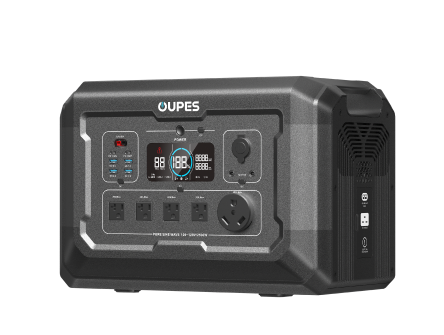
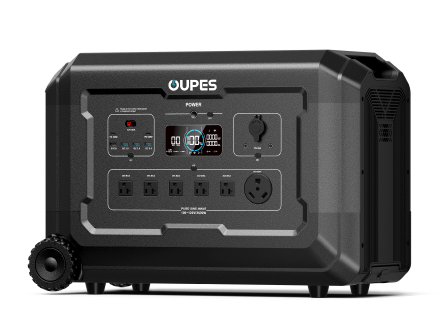
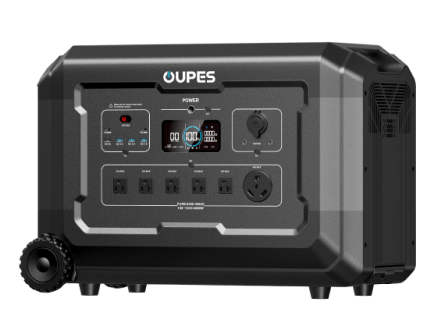
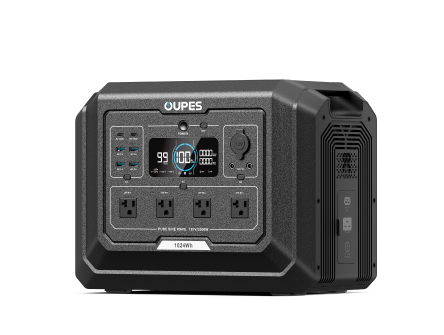
























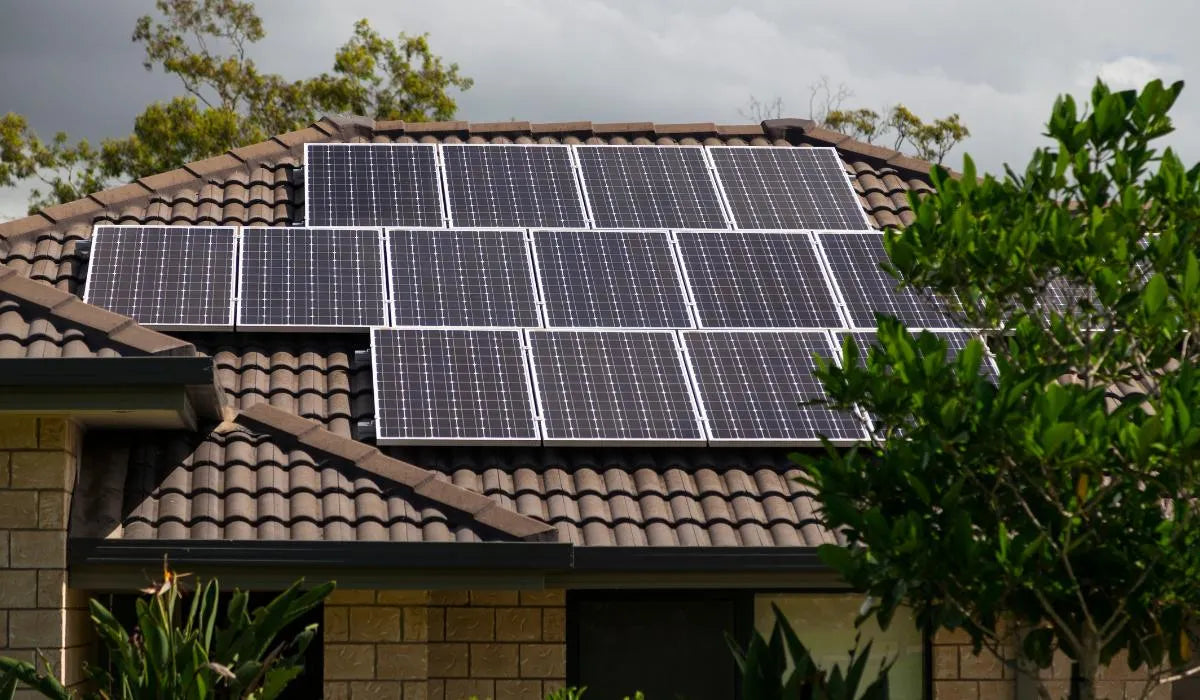
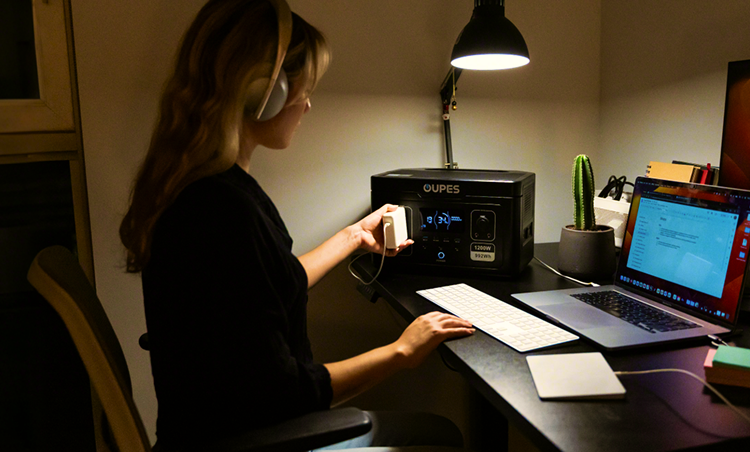
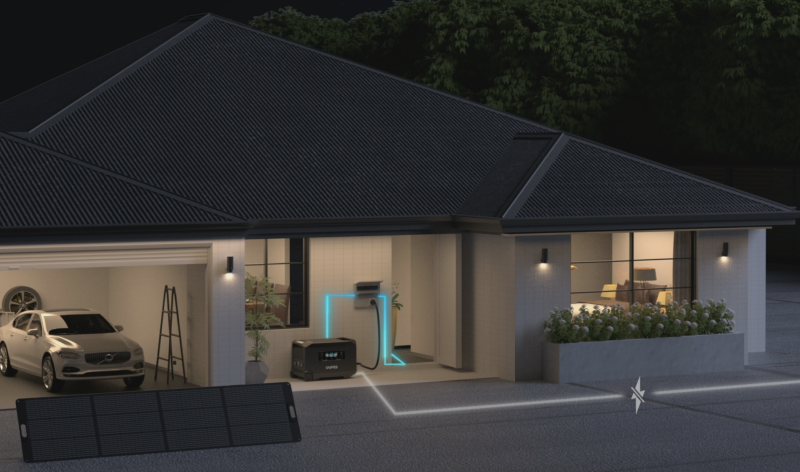
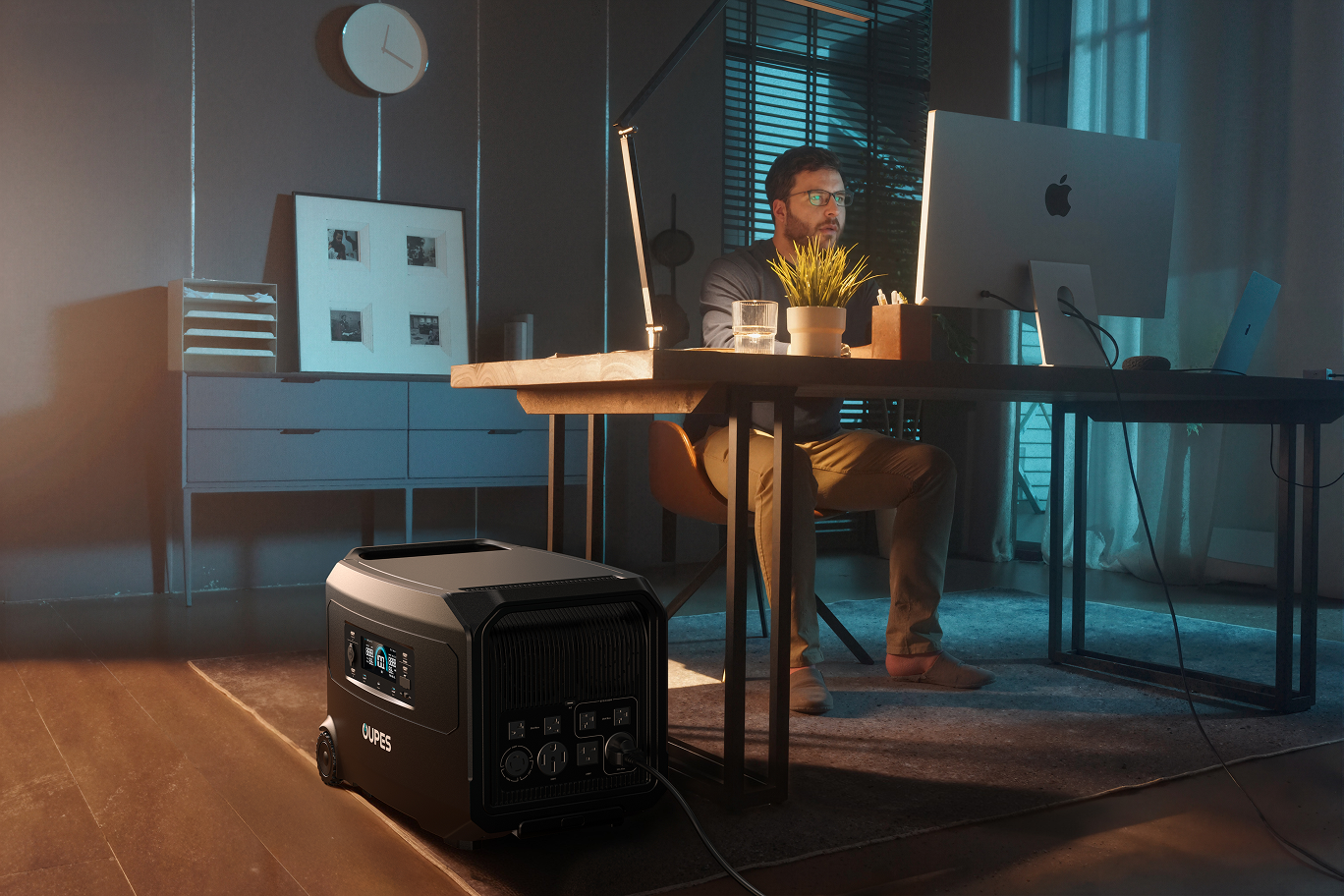
Leave a comment
This site is protected by hCaptcha and the hCaptcha Privacy Policy and Terms of Service apply.